You are here
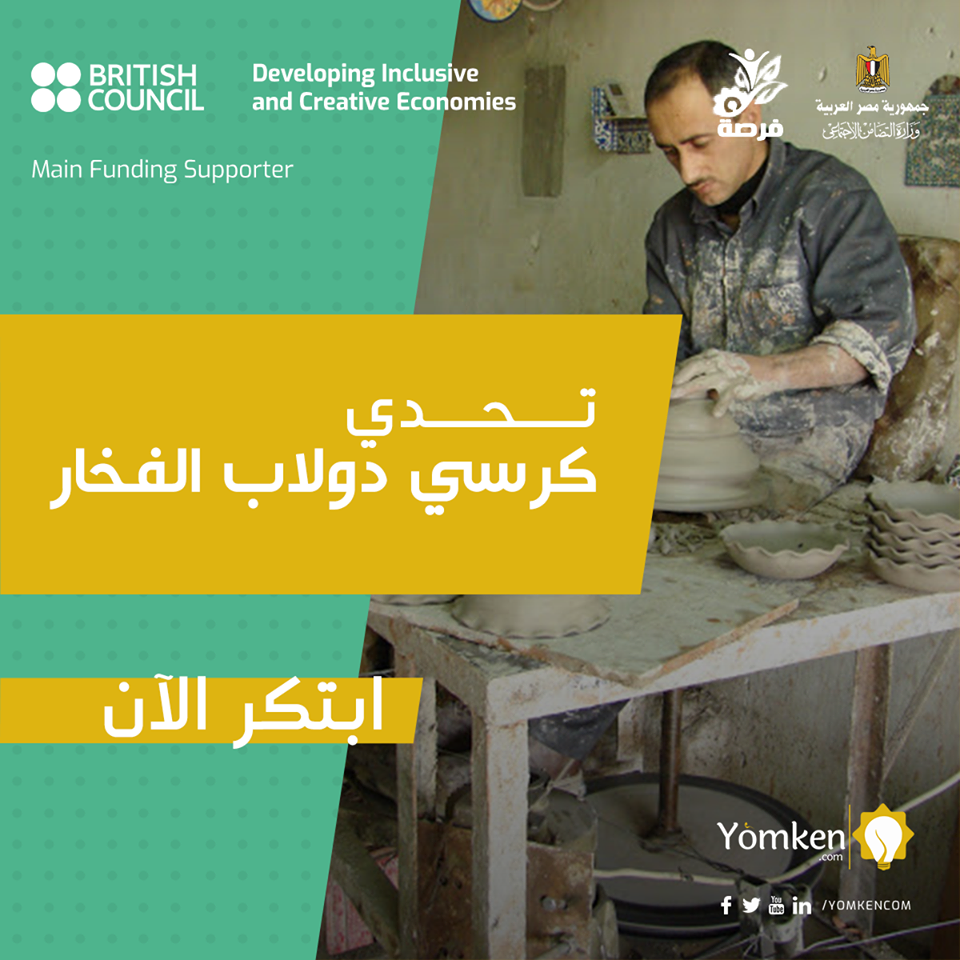
Problem
هل تستطيع تصميم عجلة فخار مبتكرة لا تحتاج استخدام القدم؟
دعوة لمهندسي الميكانيكا والميكاترونيكس والمختصين ورواد الاعمال لابتكار تصميمات حديثة تتيح لمستخدمي الكراسي المتحركة استخدام مهاراتهم الفنية في صناعة الفخار لاغتنام فرصة ربح 20,000 جنيه مصري مقدمة من قبل المركز الثقافي البريطاني (برنامج تطوير الاقتصاد الشامل والإبداعي) لتطبيق الحل بالتعاون مع وزارة التضامن الاجتماعي من خلال برنامج فرصة.
هذا التحدي يهدف لخلق فرص اقتصادية مؤثرة لأصحاب الاعاقات وحفظ هذه الحرفة التراثية من الاندثار. يرجى قراءة ما يلي لمزيد من التفاصيل!
خلفية التحدي
دولاب الفخار هي آلة تستخدم في عملية تشكيل الأواني الخزفية والفخار. لا تتطلب هذه الماكينة استخدام الأرجل فحسب ، بل تحتاج أيضًا إلى تنسيق مثالي لليد و القدمين للعمل بكفاءة، يمثل هذا التنسيق تحديًا للأشخاص الذين يعانون من الشلل النصفي (مستخدمي الكراسي المتحركة) لأن حركة الدولاب تعتمد بشكل أساسي على أرجل الخزاف. يمنع هذا الاعتماد العديد من الأشخاص المبدعين الذين يعانون من الشلل النصفي من استخدام دولاب الفخار للتعبير عن فنهم وإبداع روائعهم الفنية ، في حين يتمتع مستخدمو الكراسي المتحركة بقدرة غير عادية على الحفاظ على وضعية الجلوس لفترة طويلة ، مما يمكّنهم من إنشاء أشكال معقدة وتصبحون أكثر إنتاجية من غير مستخدمي الكراسي المتحركة.
تدرب أكاديمية سندان لضعاف البصر على نسج السلال والخرز. يتم تعليم الأشخاص الذين يعانون من ضعف السمع على نسج السجاد والبسط وصنع السلع الجلدية ، وهم يتطلعون إلى إشراك مستخدمي الكراسي المتحركة في الصناعات الإبداعية بناءً على نجاح حل هذا التحدي.
Requirements and Constraints
تصميم وتصنيع عجلة فخار مبتكرة لا تحتاج لاستخدام الساق لتسهيل استخدامها من قبل مستخدمي الكراسي المتحركة. يجب تكييف عملية الإنتاج لملائمة احتياجاتهم وإتاحة بيئة عمل أكثر اثماراً وسهولة وتزيد من دخل مستخدمي الكراسي المتحركة وتتيح استمرارية هذه الحرفة العريقة. التصميم المقدم يجب أن يحتوي على المعايير الآتية:
-
إزالة الحاجة إلى استخدام القدم في العملية الإنتاجية
-
تقلل المجهود البدني والضغط العضلي
-
يمكن نقلها بواسطة العربات اليدوية
-
تستخدم مواد متاحة و/أو مصنعة محلياً
-
لا تحتاج لصيانة كثيفة
-
امنه التشغيل
Expected Deliverables
- يجب أن يستوفي الحل المعايير المذكورة أعلاه
- يجب تسليم الحل كتصميم أولي يصدق على صحة الفكرة
- يجب أن يتضمن الحل خطة عمل واضحة بما في ذلك مراحل التنفيذ ، والجدول الزمني ، والأدوات / المواد المطلوبة ، والميزانية التقديرية ، والدعم الفني المطلوب (إن وجد)
- تُعطى الأفضلية للماكينات المعتمدة على المكونات المتاحة محلياً بنسبة أكبر
- سيتم اختبار وظائف الماكينة وكفائتها من قبل طالب الحل قبل إتخاذ الموافقة النهائية والاستلام.
- يلتزم المبتكر/صاحب الحل بتقديم المساعدة التقنية للتعامل مع أي مشكلات قد تحدث خلال أول 3 أشهر بعد تسليم الماكينة.
- يجب أن يتضمن الحل المقترح دليل بتعليمات الاستخدام و خطة لتدريب العاملين على استخدام الماكينة
Reward
سيحصل الفائز على مكافأة قدرها 20,000 جنيه مصري تُمنح من المجلس الثقافي البريطاني -برنامج تنمية الاقتصاد الإبداعي والشامل لتطبيق الحل وذلك بالتعاون مع برنامج فرصة التابع وزارة التضامن الاجتماعي،
Target Business Relationship
Manufacturing Agreement
Deadline
Monday 25 Nov 2019





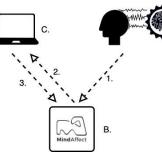
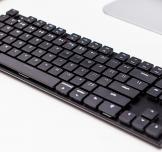


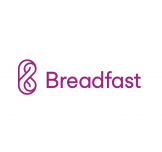


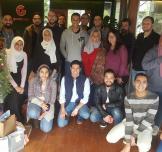



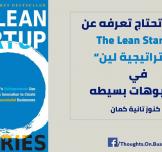


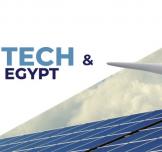


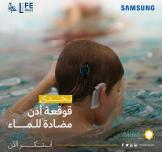
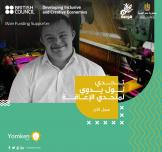
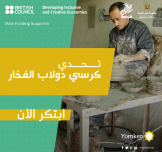
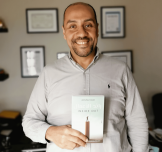





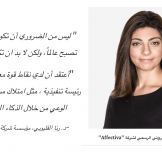
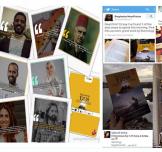



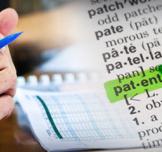




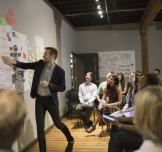
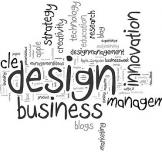





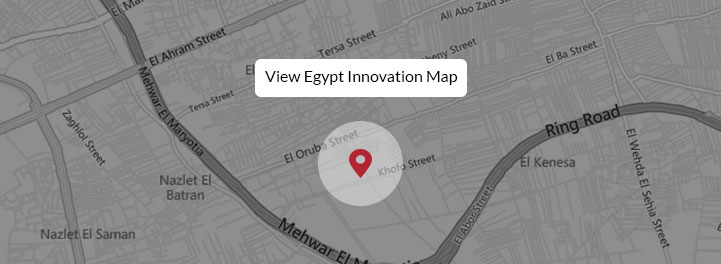
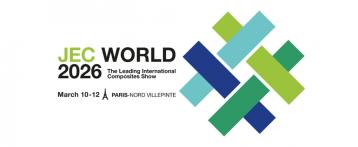
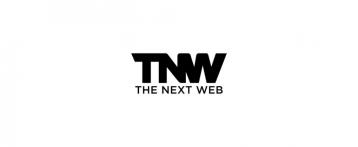
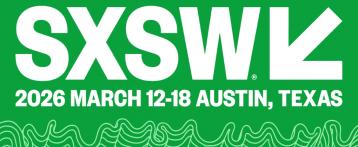












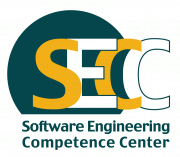

EgyptInnovate site is not responsible for the content of the comments